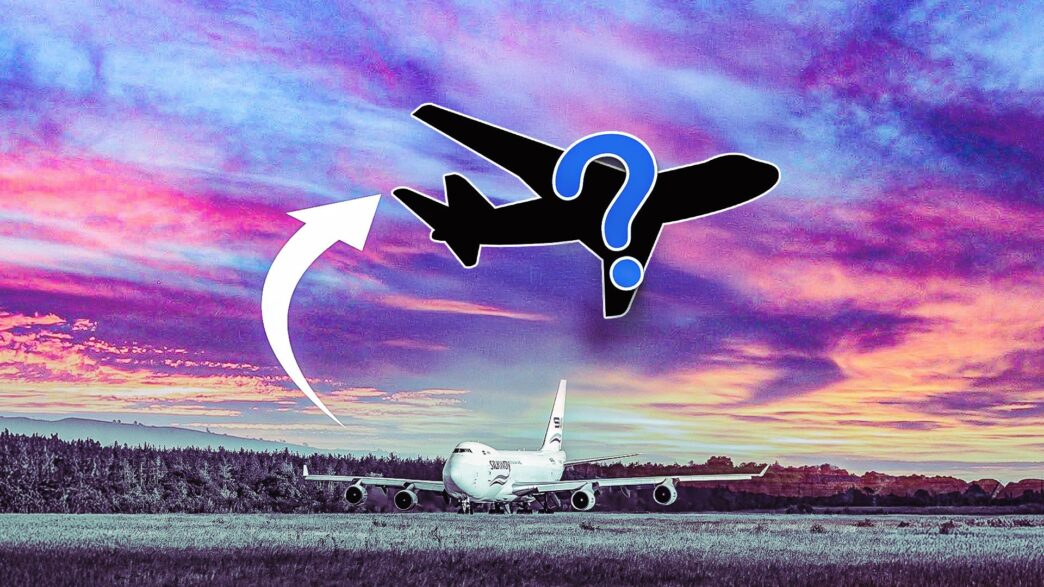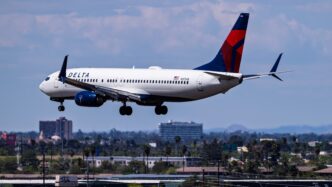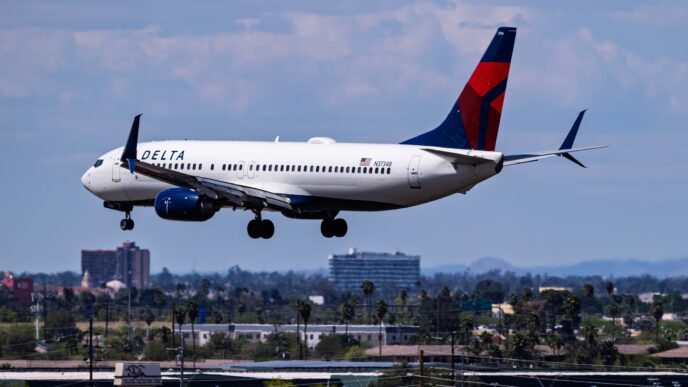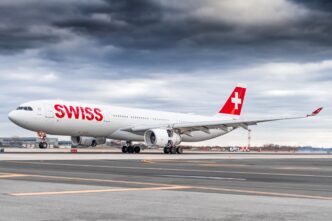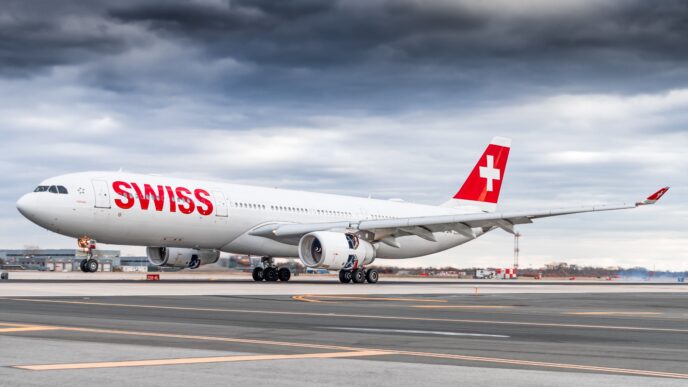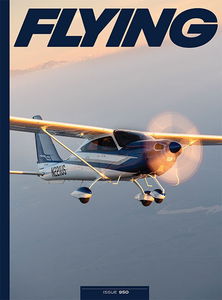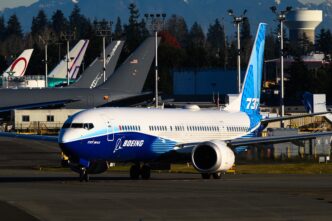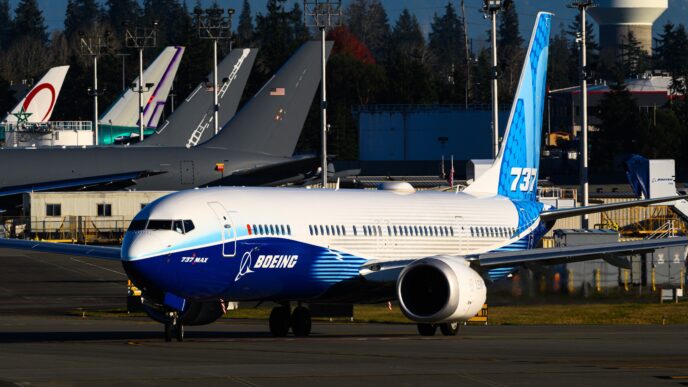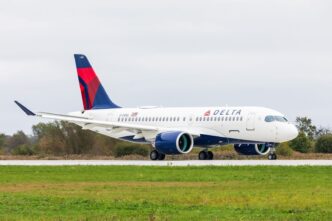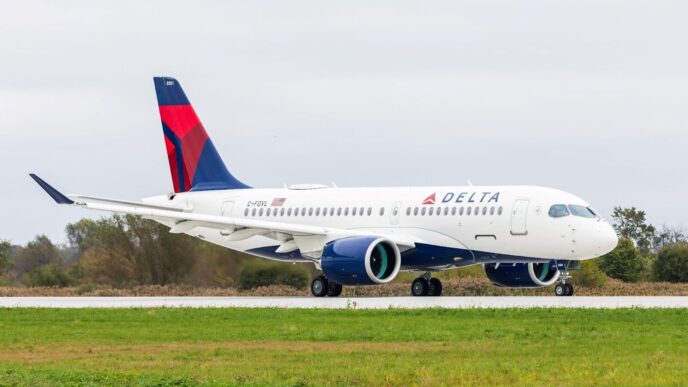The Boeing 747, often dubbed the “Queen of the Skies,” is one of the most iconic aircraft ever built. Its distinctive humpbacked design, featuring a second deck at the front, and its four powerful engines make it instantly recognizable. Launched in the early 1970s, the 747 was the first widebody airliner, and over 1,500 units have been produced across various models. Initially, it was a staple for many airlines worldwide, but as these aircraft age, many have transitioned to cargo roles or faced retirement. Cargo operators are now exploring newer aircraft to replace the aging 747 fleet.
The story of the Boeing 747 began in the 1960s when it was initially conceived as a potential cargo plane for the US Air Force. Although it lost the military contract to the Lockheed C-5 Galaxy, Boeing pivoted to the commercial market. Pan American World Airways, seeking a jet larger than the Boeing 707, became the launch customer, ordering 25 of these massive planes. The first 747 rolled out in 1968, and after rigorous testing, it received FAA certification in December 1969. Pan Am introduced it on the New York-London route, marking the start of its illustrious career.
Throughout its production run from 1969 to 2023, the 747 has seen numerous variants and has been a favorite among both passenger and cargo airlines. Its spacious design allows for over 600 passengers in a high-density setup, though most airlines opt for configurations seating between 275 and 475. The aircraft’s engines, often chosen by the customer, have evolved over time, with early models powered by Pratt & Whitney engines. As the aviation industry moves forward, the legacy of the 747 continues to influence the design and development of new aircraft.
#Boeing747 #AviationHistory #QueenOfTheSkies
Originally reported by Simple Flying Read More

